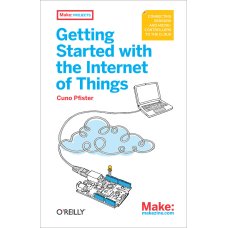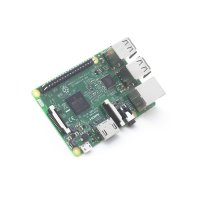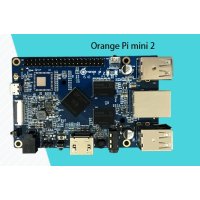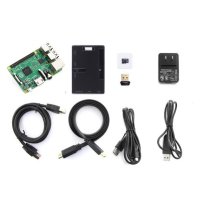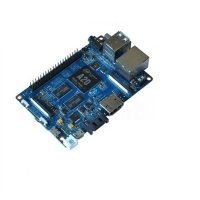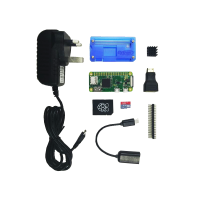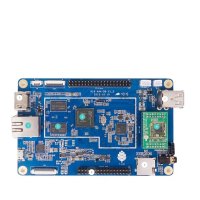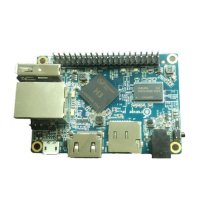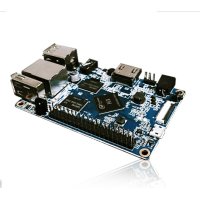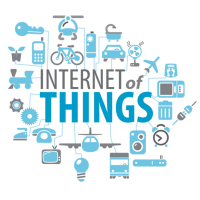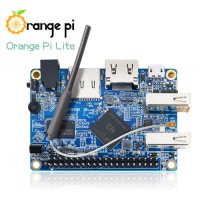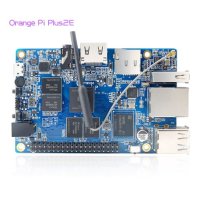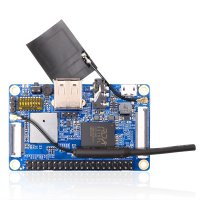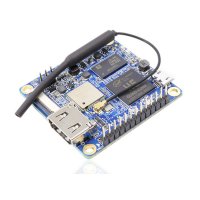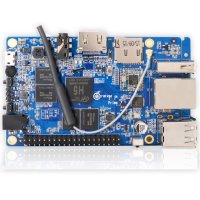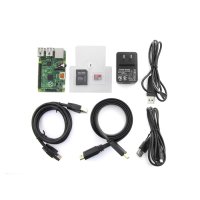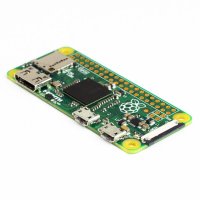What is the Internet of Things? It's billions of embedded computers, sensors, and actuators all connected online. If you have basic programming skills, you can use these powerful little devices to create a variety of useful systems—such as a device that waters plants when the soil becomes dry. This hands-on guide shows you how to start building your own fun and fascinating projects.
Learn to program embedded devices using the .NET Micro Framework and the Netduino Plus board. Then connect your devices to the Internet with Pachube, a cloud platform for sharing real-time sensor data. All you need is a Netduino Plus, a USB cable, a couple of sensors, an Ethernet connection to the Internet—and your imagination.
- Develop programs with simple outputs (actuators) and inputs (sensors)
- Learn about the Internet of Things and the Web of Things
- Build client programs that push sensor readings from a device to a web service
- Create server programs that allow you to control a device over the Web
- Get the .NET classes and methods needed to implement all of the book's examples
About the Author
Dr. Cuno Pfister studied computer science at the Swiss Federal Institute of Technology in Zurich (ETH Z rich). His PhD thesis supervisor was Prof. Niklaus Wirth, the designer of the Pascal, Modula-2 and Oberon programming languages. Dr. Cuno Pfister is the Managing Director of Oberon microsystems, Inc., which has worked on everything from mobile solutions to a large hydropower-plant monitoring system with 10,000 sensors.
Introduction
Chapter 1 Hello World
- Setting Up the Development Environment
- HelloWorld
- Building the Program in Visual Studio
- Deploying to the Device
Chapter 2 Writing to Actuators
- BlinkingLed
Chapter 3 Reading from Sensors
- LightSwitch
- VoltageReader
Device as HTTP Client
Chapter 4 The Internet of Things
- HTTP
- Push Versus Pull
Chapter 5 Pachube
Chapter 6 Hello Pachube
- Setting Up the Network Configuration
- HelloPachube
- What Netduino Said to Pachube
- What Pachube Said to Netduino
Chapter 7 Sending HTTP Requests—The Simple Way
- SimplePutRequest
- Making Web Requests
Chapter 8 Sending HTTP Requests—The Efficient Way
- EfficientPutRequest
Chapter 9 Hello Pachube (Sockets Version)
- PachubeClient
Device as HTTP Server
Chapter 10 Hello Web
- Relaying Messages to and from the Netduino
- HelloWeb
- Request Handlers
- HelloWebHtml
- What You Should Know About Ports
Chapter 11 Handling Sensor Requests
- From Sensor Readings to HTTP Resources
- URIs of Measured Variables
- VoltageMonitor
- What You Should Know About HTTP GET
Chapter 12 Handling Actuator Requests
- From HTTP Resources to Controlling Things
- URIs of Manipulated Variables
- LedController
- Test Client in C#
- Embed a JavaScript Test Client on the Netduino
- What You Should Know About HTTP PUT
Chapter 13 Going Parallel
- Multithreading
- ParallelBlinker
- What You Should Know About Multithreading
Chapter 14 Where Can I Go from Here?
- Recipes for Modifying a Server
- Server Versus Client? When to Push, When to Pull?
- Taking a REST
- Communities
- Other Hardware
- The Sky Is the Limit
Appendix Test Server
Appendix .NET Classes Used in the Examples
Appendix Gsiot.Server Library
- HTTP Server
- Resources
- Representations
- Drivers for Sensors and Actuators
- Multithreading
Appendix About the Author
Colophon
Getting Started with the Internet of Things
- Brand: Make:
- Product Code:Bok-Get-Start-w-IOT
- Reward Points:3
- Availability:2 - 3 Days
-
रo 275.00
- Price in reward points:275
Related Products
Code Hacking: A Developer's Guide to Network Security, (Book/CD-Rom)
Code Hacking: A Developer’s Guide to Network Security provides a hands-on approach to learning vital..
रo 325.00 रo 400.00
Raspberry Pi 3 Model B
Raspberry Pi 3 can run the full range of ARM GNU/Linux distributions, including Snappy Ubuntu Core, ..
रo 2,588.00
Orange Pi Mini 2 - Single board Computer
Orange Pi Mini 2 an open-source single-board computer. It can run Android 4.4, Ubuntu, Debian, Rasbe..
रo 3,285.00
Quick Start Kit with Raspberry Pi 2
Quick Starter kit like a minimum system for Raspberry Pi 2, it means all necessities such as periph..
रo 7,142.00
Banana Pi Pro
Banana-Pi Pro is the upgrded version of Banana-Pi M1 with on-board wifi.. ..
रo 4,450.00
Raspberry Pi Zero Starter Kit
Yes, it is finally here. This is a super cheap single board computer. Hey! You get a working co..
रo 2,585.00 रo 3,285.00
Pine A64/64+ 64-Bit Single Board Computer
PINE A64 is the world's first 64-bit expandable Quad Core 1.2Ghz supercomputer, tablet, media center..
रo 2,142.00
Orange Pi One
This is an open-source single-board computer. It can run Android 4.4, Ubuntu, Debian, Rasberry Pi Im..
रo 1,685.00
Orange Pi PC
What’s Orange Pi PC? It’s an open-source single-board computer. It can run Android 4.4, Ub..
रo 2,427.00
Complete Guide to Build IOT Things from Scratch to Market: an online course (@ your pace and your place)
Note: 1. For Tutorial without the Kit, you may chose pick up from store and the activation code ..
रo 1,597.00 रo 2,500.00
Orange Pi Lite
What’s Orange Pi Lite? It’s an open-source single-board computer. It can run Android 4.4, Ubun..
रo 3,068.00
Orange Pi Plus 2E - Single board Computer
It’s an open-source single-board computer. It can run Android 4.4 , Lubuntu, Debian, Rasberry Pi Ima..
रo 4,485.00
Orange Pi Zero Plus 2
Allwinner H5 is pin-to-pin compatible with Allwinner H3, so the PCB is exactly the same. The upgrade..
रo 2,985.00
Orange Pi Prime Development Board
It’s an open-source single-board computer. It can run Android 5.1, Ubuntu, Debian Image, it uses the..
रo 4,285.00 रo 4,680.00
Quick Starter Kit with Raspberry Pi B+
Quick Starter kit like a minimum system for Raspberry Pi B+, it means all necessities such as perip..
रo 8,436.00
Quick Starter Kit with Raspberry Pi 3
Quick Starter kit like a minimum system for Raspberry Pi 3, it means all necessities such as periph..
रo 2,744.00
Raspberry Pi Zero
The new Raspberry Pi Zero is an super-ultra-low-cost, tiny-small-form-factor Raspberry Pi! Feat..
रo 1,104.00
Raspberry Pi Zero W Starter Kit
This is super cheap single board computer. Hey! you get a working computer, it is cheaper than any A..
रo 3,585.00

